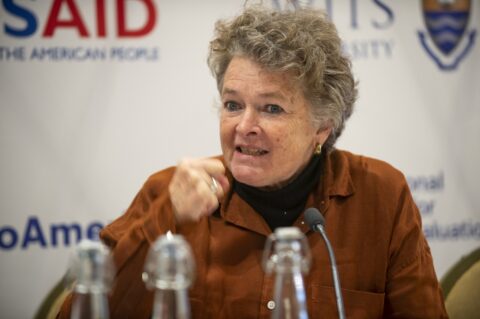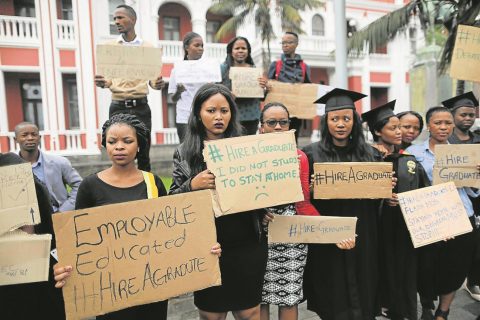Food Basket
As Food Prices Rise, So Does Food Poverty
The number of people living in “food poverty” is on the rise, according to a disturbing report released in August by Statistics South Africa. The paper, Poverty Trends in South Africa, shows that the number of people living below the Food Poverty Line (FPL) jumped from 21.4% in 2011 to 25.2% in 2015. The FPL is in an indicator used to show the minimum cost in rands required to sustain oneself for a month.
What this means is that a quarter of South Africa’s population hasn’t been able to afford to buy enough food with their monthly take-home salary to meet a minimum energy intake. In 2009, Stats SA reckoned that 35% of people lived below the FPL, compared to 30.1% in 2006. Although the latest figures are mercifully lower than a decade ago, they go against a stated aim to reduce food poverty to 0% by 2030 contained in the National Development Plan. Today, the monthly FPL is sitting at R531 per capita and food poverty in South Africa is steadily increasing. This is, at least in part, the result of the country’s high unemployment rate. According to Stats SA, the country’s level of unemployment is currently 27.7%, the highest it’s been since 2003.
But according to Dr Julie Smith, advocate for the Pietermaritzburg Agency for Community Social Action, the causes of food poverty run deeper than just a lack of job opportunities.
The baseline wages for the majority of workers are poverty wages when dispersed through families,” says Smith. “Food is not their only expense. Households under-spend on food. They take on debt to cover food shortfalls. Food starts running out in the second week of the month for women and the third week for children.”
Government interventions
Besides poverty wages, a lack of government intervention and initiatives has also contributed to the rise in food poverty.
“Food poverty comes out of the economic crisis,” says Smith. “At its core, it is about money in people’s pockets – living wages and higher grants and allowing people to create their own work and generate savings to buffer against shocks.
“In short, there are no jobs, unemployment is untenable, workers who are in a job earn poverty wages and have to support large numbers of people on their wages.
“There is no money. It means that people cannot afford to buy the food they need.”
Leaving aside the economic upheaval South Africa has recently experienced, thanks to politics and the fluctuating rand, there are base-level initiatives the government could have undertaken to ease food poverty, which, according to Smith, haven’t been done. “The best intervention is to raise baseline wages to that of a living wage.
“Government has not done this. The second intervention is to substantially increase social grants – government has not done this either,” she says.
“The third intervention is to substantially reduce the cost of municipal and public services – government has not done this.”
What’s needed, says Smith, is an overhaul of South Africa’s economic framework. This starts with government focusing less on creating low-paying jobs, and more on increasing the minimum wage and social grants.
“Charity initiatives help in desperate cases. But our problems are so massive that we need a complete restructuring of our economy,” says Smith. “The response to this crisis must be state-led.”
Addressing the food poverty framework
In order for South Africa’s food poverty crisis to be effectively combatted, state-led initiatives need to address the framework that maintains it. This means that fundamental and radical changes need to be implemented to help people earn enough money to rise above the Food Poverty Line (FPL).
“[Government needs to be] raising wages and increasing social grants, taxing corporates [more] and moving that money into the social base,” says Dr Julie Smith. “That money would be better spent if it was invested directly into people’s pockets.”
Smith says child-support grants, at R380 a month, are well below the current FPL of R531 (as of April 2017). PACSA’s data, which tracks the cost of a basic nutritional monthly diet for children, comes in even higher than Stats SA’s poverty figures. For example, in August 2017 it cost R586.41 a month to feed a child aged between 10 and 13 years.






 Sign-up and receive the Business Media MAGS newsletter OR SA Mining newsletter straight to your inbox.
Sign-up and receive the Business Media MAGS newsletter OR SA Mining newsletter straight to your inbox.